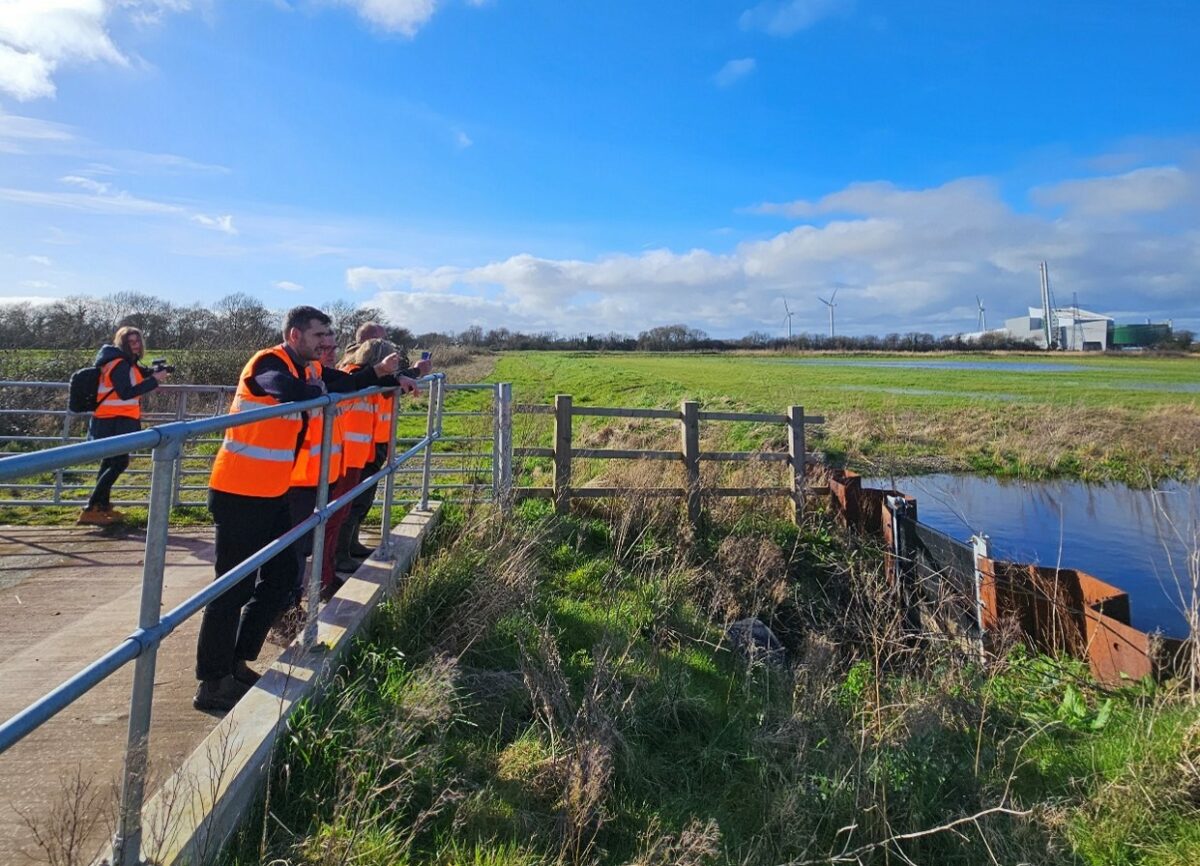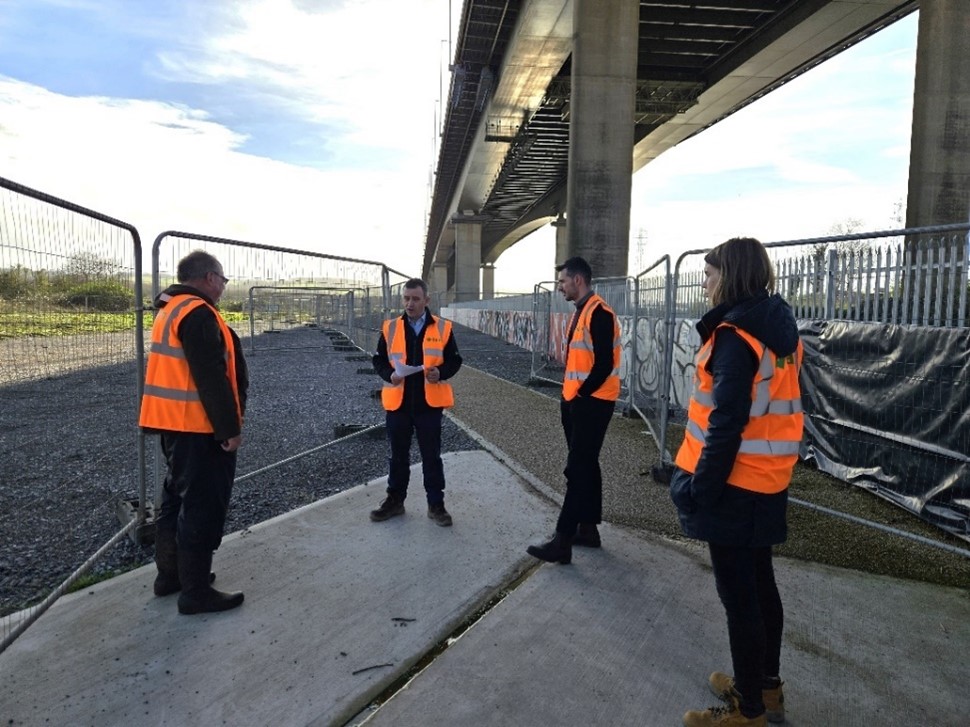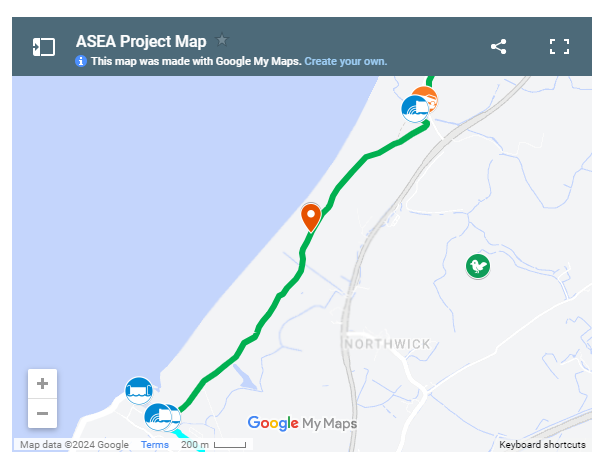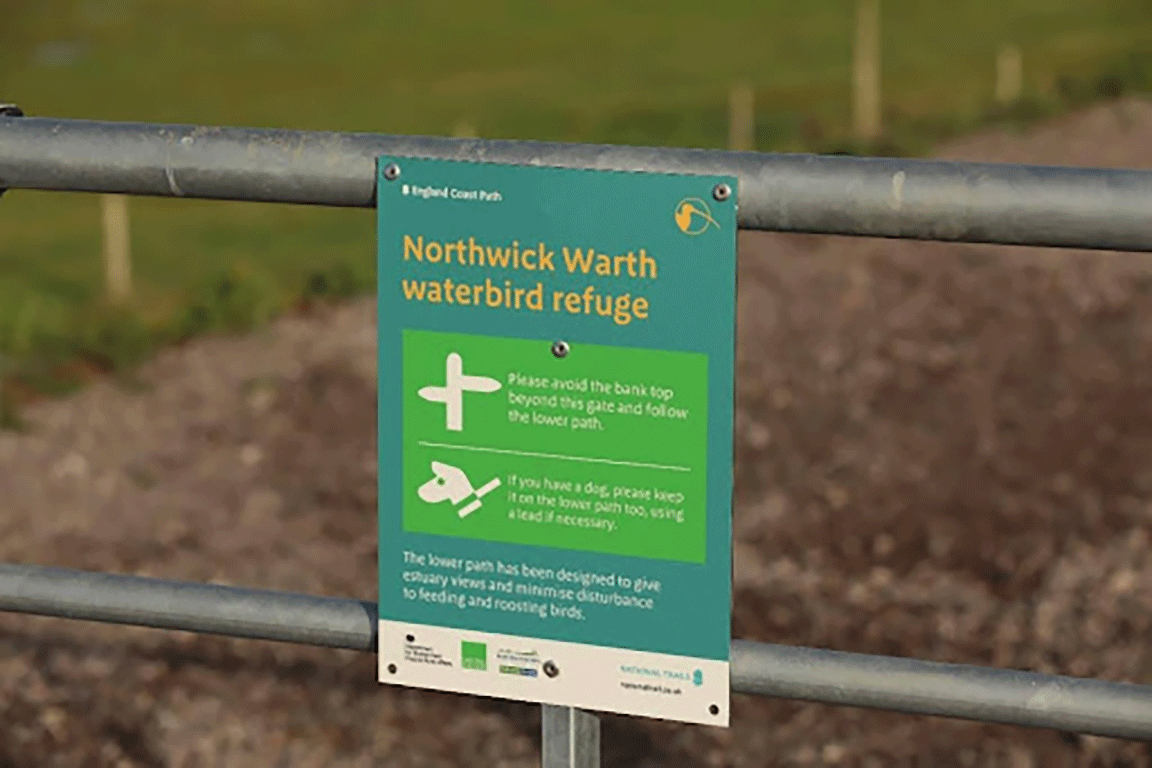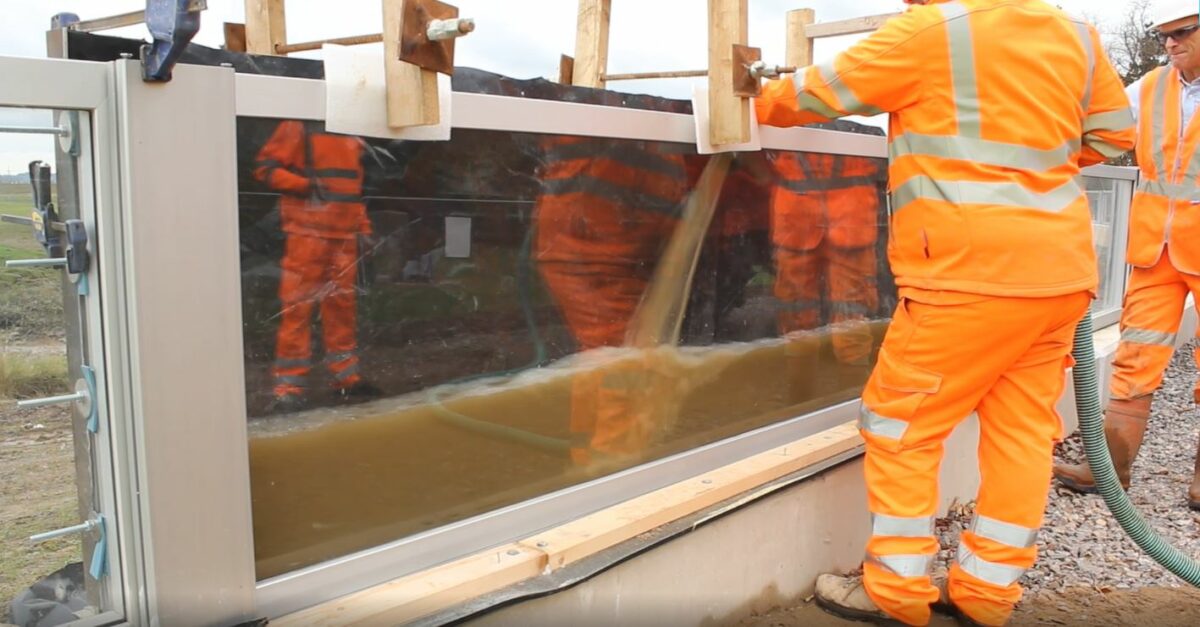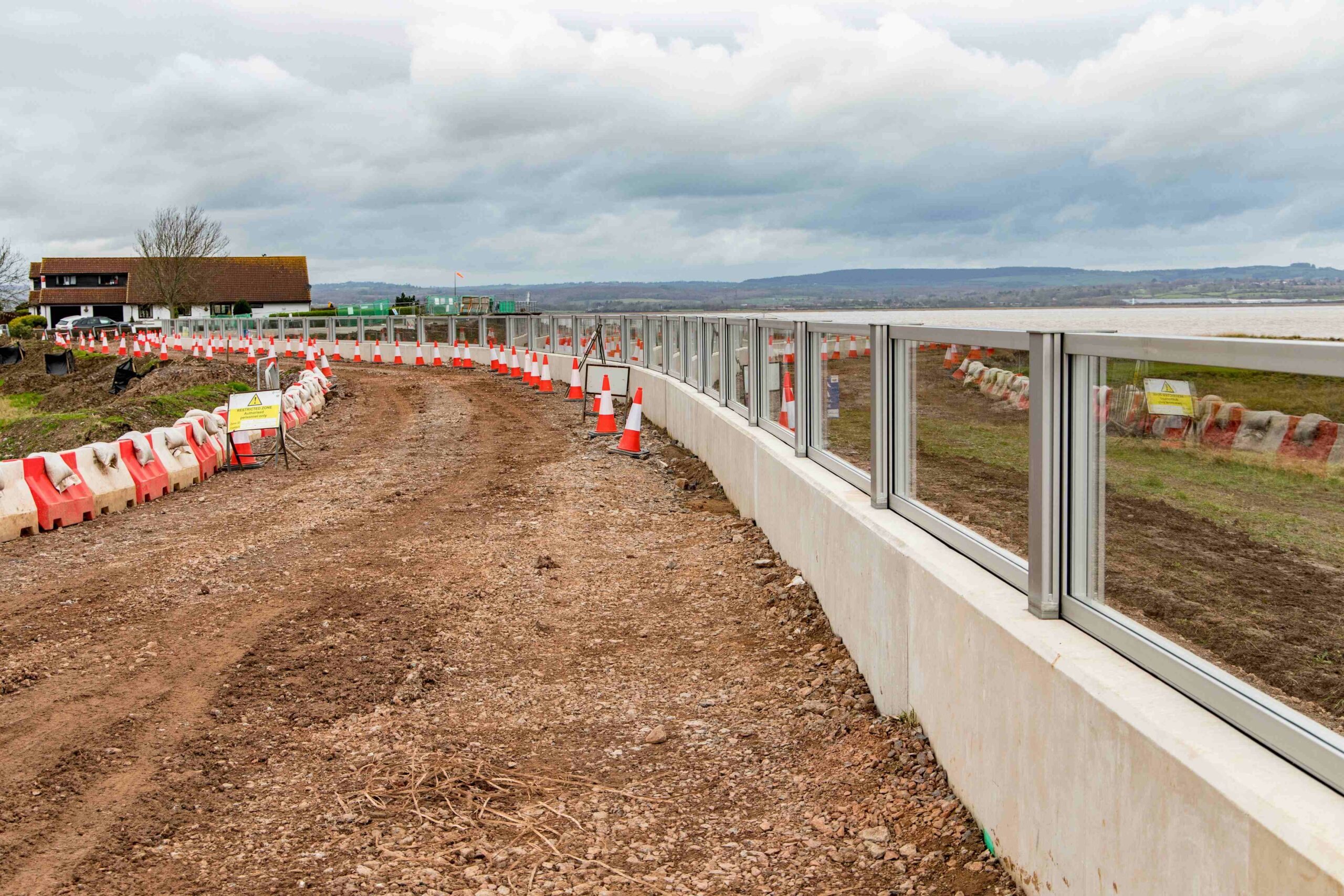Safeguarding success: St. Modwen Logistics and the ASEA Ecology Mitigation Flood Defence Project
One of the major businesses operating within the industrial and logistical hub of the Avonmouth Severnside Enterprise Area (ASEA) is St. Modwen Logistics, a powerhouse in sustainable warehousing solutions.
St. Modwen Logistics is one of the UK’s most active developers of speculative logistics buildings. With a thirty-year heritage of developing complex sites, they currently own and manage a portfolio of more than 17 million sq. ft across the country.
For two decades, the company has been providing infrastructure and employment opportunities to the Avonmouth area. The latest phase of St. Modwen Park Access 18 was completed in May 2023, and a further 215,000 sq. ft of state-of-the-art warehouse space is to start on site through 2024.
We spoke to St. Modwen Logistics to find out how the flood defence project is helping future-proof their warehouses and thousands of local jobs for years to come.
Why Avonmouth Severnside?
St. Modwen Logistics’ decision to establish roots in the ASEA was strategic. As Carys Allen, Senior Development Manager, explains, “The ASEA is Bristol’s premium industrial and logistics hub and plays a key role in the St. Modwen Logistics portfolio.”
The area’s connectivity, in part thanks to its proximity to the M5 and M49 motorways, makes it an ideal location for logistics businesses seeking efficient transportation links. Furthermore, the availability of land presents ample possibilities for development, a fact that St. Modwen Logistics has capitalised on by delivering over 1 million sq. ft of modern warehousing space in the area since they began working here.
A commitment to sustainability
Central to St. Modwen Logistics’ ethos is the development of sustainable infrastructure. Their warehouses aren’t just buildings, they’re best-in-class and expertly designed to minimise environmental impact while maximising efficiency for their clients.
From small businesses to large e-commerce giants, St. Modwen Logistics tailors solutions to accommodate a diverse array of clients, ensuring that each tenant finds the perfect space to support their operations.
Our customers make modern life possible, and we provide the perfect space they need to service their own customers in a timely fashion."
Carys Allen


Looking to the future
St. Modwen Logistics employs approximately 175 individuals directly, yet their impact extends far beyond their immediate workforce. The Park employs thousands of people across the various businesses which occupy it, supporting a thriving local economy. As they increase the size of their portfolio nationally, their sites across the South West will play a key role in this, including at Avonmouth. However, amidst ambitions lies a crucial consideration: resilience. Enter the Avonmouth Severnside Ecology Mitigation and Flood Defence Project.
For St. Modwen Logistics, the flood defence project is a critical component of their development strategy. By protecting their infrastructure against flooding, they offer clients peace of mind, assuring them that their logistics operations are secure even in the face of a warming climate. Moreover, it’s a boon for the region, attracting new businesses and fostering economic growth.
Explaining the benefits of the flood defence project, Carys says, “Our customers can locate their business at our Access 18 site safe in the knowledge that precautions have been taken to protect their operations from the risk of flooding, and this comes with obvious economic benefits to the region, as well as ensuring a supply of jobs for residents.” She continues, “Thanks to this work, we can offer businesses peace of mind, which is helpful when trying to attract new companies to the area and encourage further growth.”
St. Modwen Logistics’ journey in the ASEA demonstrates the critical relationship between coastal infrastructure and regional prosperity. As they continue to expand their footprint, they do so with a keen eye on sustainability and resilience, ensuring that their legacy endures for generations to come.



